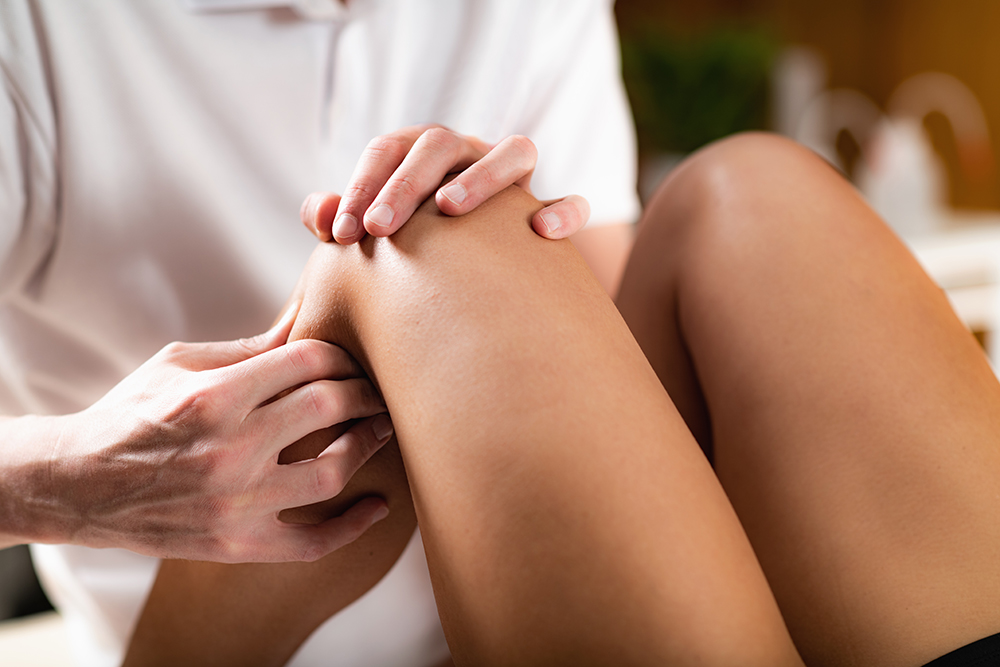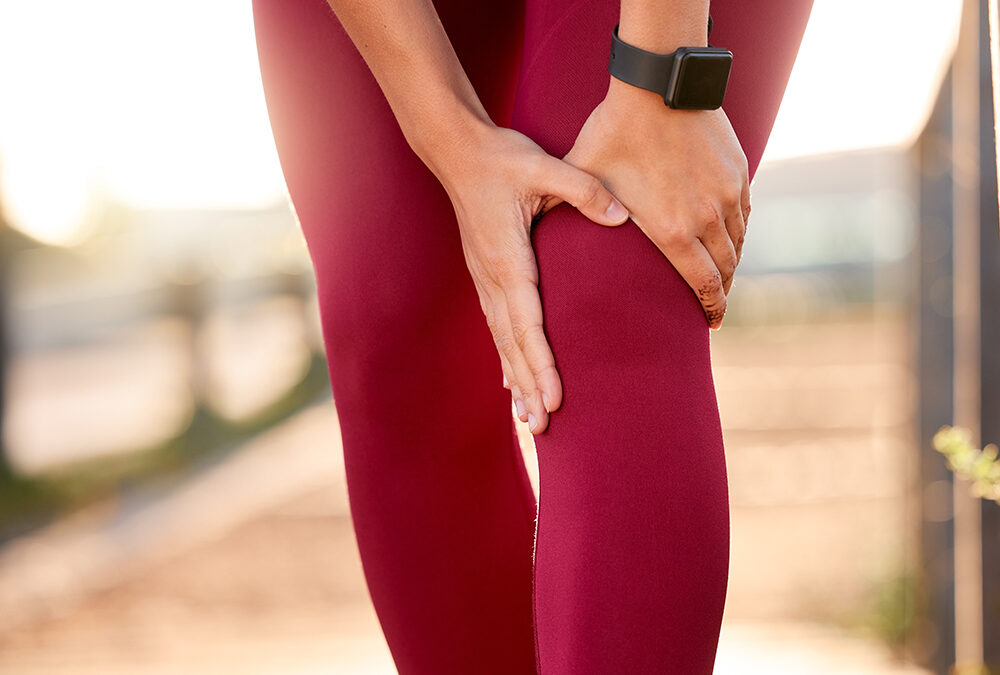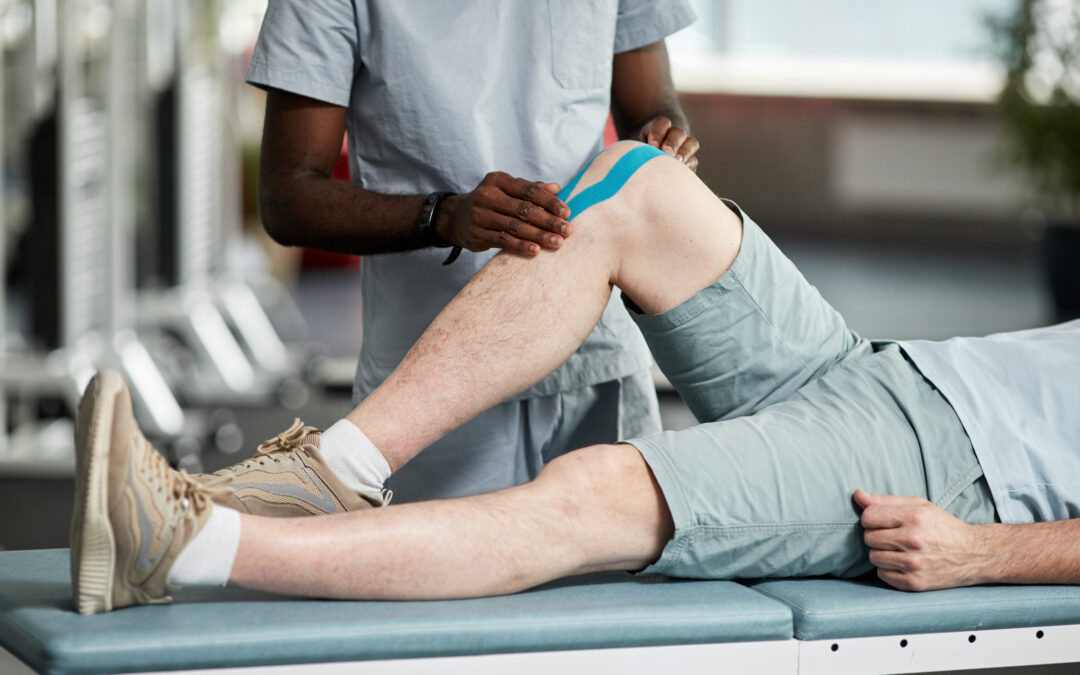Contents
It may come as a surprise, but young adults who are healthy and active are at a higher risk for chronic knee pain compared to other groups. It’s important to check in with yourself and recognize when you’re pushing too hard. Most often, some rest and home remedies can prevent knee pain from becoming chronic. In some cases, you may need to see a physical therapist.
This article provides some information about chronic knee pain in young adults and eight physical therapy treatments that can help.
How do young people get chronic knee pain?
Most chronic knee pain in young adults is a result of overuse. Performing repetitive motions during sports like soccer, cycling, basketball or running can cause knee pain that becomes chronic. Wearing worn-out shoes or running on hard surfaces like concrete can make knee pain from sports worse.
Sometimes knee pain from a traumatic injury can become chronic, or it can show up because of a past injury. In rare cases, young adults can develop arthritis, too. When young people get knee pain, it’s important to get rest or medical care. Most cases of chronic knee pain are preventable with treatment.
There are a few types of overuse injuries that can specifically happen to young adults and athletes. Patellofemoral pain or runner’s knee is pain that forms around the kneecap or behind it. Researchers aren’t certain about what causes patellofemoral pain, but overuse, weak or tight muscles and the shape of a person’s knee may be related. Patellar tendinitis is pain and inflammation of the tendons that connect various muscles to the kneecap. Pain and swelling of the fluid-filled sacs that surround the knee joint is called prepatellar bursitis.
8 physical therapy treatments that help young adults manage chronic knee pain
When you “push through the pain” at practice or competitions, that’s when knee pain can become chronic. Make sure you know the difference between pain from exertion and pain from strain or overuse. If you’re feeling some extra pain or tenderness, take it easy and get some rest before going back to practice or competition.
Most of the time, some rest and care at home are all that’s needed to improve knee pain. If your pain gets worse or doesn’t go away, you should seek medical care. In cases where knee pain comes and goes, or when an overuse injury is suspected, physical therapy can help.
The following physical therapy treatments can help young adults manage chronic knee pain:
- Soft tissue manipulation — Soft tissue manipulation is a type of hands-on physical therapy in which your PT uses massage-like movements to loosen up stiff and irritated tissue. It can reduce swelling, get blood moving through the area and bring in new joint fluid. This is especially helpful for bursitis and overuse injuries.
- Knee joint mobilization — If pain, stiffness, and grinding or popping are causing reduced range of motion, joint mobilization can help get the affected knee moving more smoothly. This treatment helps improve function and relieve chronic knee pain.
- Kinesiology taping — You may have seen professional athletes sporting colorful tape around certain joints and muscles. A physical therapist can apply kinesiology tape to provide support, improve circulation and reduce swelling while joints heal. This is especially helpful to keep pain from getting worse during practices or competition.
- Therapeutic exercise — Adding some targeted exercises before and after playing sports can help you strengthen weak muscles or correct imbalances. You should work through a treatment plan with a physical therapist first, and then talk about a plan for maintenance.
- Therapeutic stretches — In addition to exercises, targeted stretches can help keep the fibers of your muscles and connective tissue from becoming irritated. Therapeutic stretches can also relieve pain in sore muscles and tendons.
- Instrument-assisted soft tissue mobilization (IASTM) — IASTM is like manual therapy, except the PT will use a set of stainless steel ergonomic tools to apply consistent pressure to muscles and tissue. The Graston Technique® involves a specific brand of tools.
- Electrical stimulation — Electrical stimulation for physical therapy isn’t painful, but it can cause some tingling or the sensation of pins and needles. A PT can use a therapeutic device to stimulate nerves with a controlled electrical current that can help reduce pain.
- Pain management plan — Finally, your PT can help you create a plan to care for your knee pain at home. They may suggest hot and cold therapy, or alternating heating pads with ice packs for about 20 minutes each. They can also suggest activity modifications to help keep knee pain to a minimum and talk with you about using over-the-counter pain medications.
Physical therapy stretches and exercises for knee pain
It’s important to get a personalized treatment plan from a physical therapist and do at least a few sessions with them. After that, you’ll have a better sense of how to prevent and care for your knee pain. Therapeutic exercises and stretches will likely be a part of your long-term maintenance plan.
The exercises and stretches your PT recommends may look something like this:
- Straight leg raises — These add stability to the knee while strengthening the front of the hip and thigh. You can do them lying down or standing. Keep your knee straight as you raise your leg up to a 90-degree angle. Do a set of about 15 reps on each side.
- Side-lying hip abductions — These are similar to the straight leg raise, except you’re maintaining a straight leg while you move it out to the side. This exercise strengthens a few specific glute (hip) muscles that provide stability throughout the hip and knee joint. Like the name suggests, you’ll need to lie on your side for these. Try 15 reps and then switch to the other side.
- Seated hamstring stretches — Sit with your legs out in front of you and raise one knee to put one foot on the ground. Keep the other leg straight as you lean forward a bit. Only go far enough to feel a slight pull in the back of your leg. Slowly rock forward a few times and then do the same on the other side.
See a physical therapist for your chronic knee pain at Lattimore PT
If you play sports regularly and you’re noticing knee pain, some sports performance therapy can help. At Lattimore Physical Therapy, our physical therapists will work with you to relieve your pain and keep it from getting worse. Sports performance therapy can help with much more than injury prevention and recovery. Ask your PT about ways they can help you practice and play better when you’re competing and in the off-season.
Sports performance therapists at our fitness center have a passion for helping athletes do their best with consistency. They specialize in personalized and targeted treatments to help individual athletes with their specific goals. That often includes smart long-term pain management. When you have a plan to care for your injury, you can get back to high-intensity workouts and competition.
Is chronic knee pain getting in the way of your favorite sport? We can help. Get in touch with us today to schedule your first session. Let’s take care of that injury and get you performing at your best.



